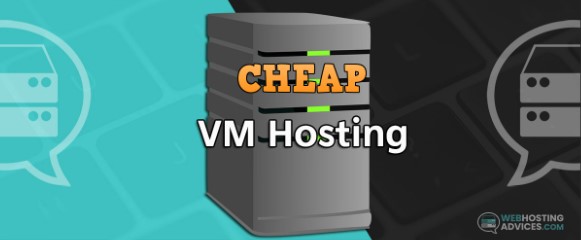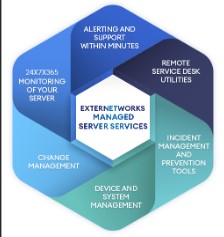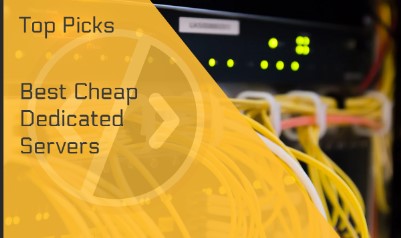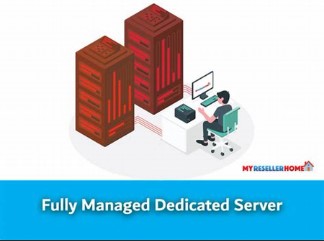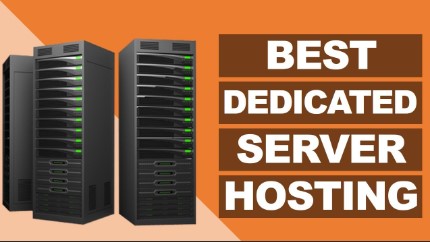Buy Virtual Server Online
In today’s digital landscape, virtual servers have become indispensable tools for businesses seeking flexible and scalable IT solutions. Understanding their rise and advantages is crucial for making informed decisions about online infrastructure.
– The Rise of Virtual Servers in the Digital Age
– Why Buying a Virtual Server Online is a Smart Move
Understanding Virtual Servers
Virtual servers, also known as Virtual Private Servers (VPS), represent a pivotal advancement in modern computing, offering businesses and individuals a flexible and scalable alternative to traditional physical servers.
These virtualized environments simulate dedicated hardware within a shared or isolated physical server infrastructure, providing users with greater control over their computing resources without the expense and logistical challenges associated with owning and maintaining physical hardware.
What is a Virtual Server?
A virtual server is essentially a partitioned segment of a physical server that operates independently, equipped with its own operating system, applications, and allocated resources such as CPU, RAM, and storage.
This partitioning is achieved through virtualization technology, which enables multiple virtual servers to coexist on a single physical machine while maintaining isolation from one another. Each virtual server behaves like a standalone server, capable of running its applications and services.
Key Differences Between Virtual Servers and Physical Servers
Unlike physical servers, which are tangible machines housed in data centers or on-premises facilities, virtual servers exist purely in a digital realm.
They leverage the computing power and hardware resources of a host physical server but provide enhanced flexibility and efficiency through virtualization. Physical servers, on the other hand, are dedicated machines that can host a single operating system and require more space, power, and cooling.
Virtual servers offer advantages such as scalability—allowing users to easily adjust their computing resources based on demand—reduced operational costs, and improved disaster recovery capabilities.
They also mitigate the risks associated with hardware failures, as issues within one virtual server generally do not affect others sharing the same physical machine.
The Benefits of Using Virtual Servers
The adoption of virtual servers brings numerous benefits to businesses and individuals looking to streamline their IT infrastructure:
– Cost Efficiency: Virtual servers reduce capital expenditures associated with hardware purchases and maintenance, offering a more affordable alternative for computing needs.
– Scalability: Virtual servers allow for seamless scaling of resources such as CPU, RAM, and storage, ensuring that businesses can adapt to changing demands without disruption.
– Resource Isolation: Each virtual server operates independently of others on the same physical hardware, providing improved security and performance isolation compared to shared hosting environments.
– Flexibility: Users have the flexibility to install and configure software applications, customize operating system settings, and manage security protocols tailored to their specific requirements.
– High Availability: Virtualization technology enables rapid deployment of backup and recovery solutions, ensuring minimal downtime and robust disaster recovery capabilities.
Virtual servers are particularly beneficial for businesses requiring reliable and scalable hosting solutions for websites, applications, databases, and other critical services.
By leveraging virtualization technology, organizations can optimize their IT infrastructure, improve operational efficiency, and focus resources on innovation and business growth initiatives.
Virtual servers, often referred to as VPS (Virtual Private Servers), are virtualized instances of physical servers that partition resources such as CPU, RAM, and storage. They operate independently within a larger physical server infrastructure, offering flexibility and cost-efficiency.
– What is a Virtual Server?
– Key Differences Between Virtual Servers and Physical Servers
– The Benefits of Using Virtual Servers
Types of Virtual Servers
Shared Virtual Servers
Shared virtual servers allocate resources among multiple users on a single physical server. While cost-effective, they may pose limitations in resource availability and performance consistency.
– Pros and Cons of Shared Virtual Servers
– Best Use Cases for Shared Virtual Servers
Dedicated Virtual Servers
Dedicated virtual servers provide exclusive access to resources on a single physical server, offering enhanced performance and security ideal for businesses with specific resource requirements.
– Advantages of Dedicated Virtual Servers
– When to Opt for a Dedicated Virtual Server
Cloud-Based Virtual Servers
Cloud virtual servers leverage virtualization technology across a network of physical servers, ensuring scalability and redundancy. They offer on-demand resource allocation and pay-as-you-go pricing models.
– How Cloud Virtual Servers Work
– Key Benefits of Cloud-Based Solutions
Key Factors to Consider When Buying a Virtual Server
Choosing the right virtual server involves evaluating performance, security, and scalability to meet business needs effectively.
– Performance and Resources
– CPU, RAM, and Storage Options
– Importance of SSDs and High-Speed Networking
– Security and Reliability
– Essential Security Features for Virtual Servers
– Backup and Disaster Recovery Plans
– Scalability and Flexibility
– Options for Scaling Up and Down
– Customization Capabilities
Top Providers for Buying Virtual Servers Online
Selecting a reputable provider ensures reliability and support for your virtual server needs. Comparing features and user feedback aids in making an informed choice.
– Provider A: In-Depth Review
– Key Features, Pricing, and User Feedback
– Performance and Reliability Metrics
– Provider B: In-Depth Review
– Key Features, Pricing, and User Feedback
– Performance and Reliability Metrics
– Provider C: In-Depth Review
– Key Features, Pricing, and User Feedback
– Performance and Reliability Metrics
– Comparison of Top Providers
– Feature Comparison Chart
– Recommendations Based on Specific Needs
How to Buy and Set Up Your Virtual Server
Purchasing and setting up a virtual server involves navigating provider options and configuring your server environment for optimal performance.
– Step-by-Step Guide to Purchasing a Virtual Server Online
– Choosing the Right Provider and Plan
– Completing the Purchase Process
– Initial Setup and Configuration
– Basic Configuration Steps
– Setting Up Your Operating System and Software
– Tips for Optimizing Your Virtual Server
– Performance Tuning Tips
– Ensuring Security and Stability
Common Challenges and How to Overcome Them
Managing virtual server challenges such as resource allocation and troubleshooting ensures seamless operations.
– Handling Traffic Spikes and Resource Demands
– Strategies for Managing High Traffic
– Upgrading Resources as Needed
– Troubleshooting Common Issues
– Connectivity and Performance Troubleshooting
– Support Resources and When to Contact Your Provider
Future Trends in Virtual Server Technology
Anticipating future developments in virtual server technology enables businesses to stay competitive and leverage emerging trends.
– The Evolution of Virtual Server Technology
– Predictions for the Future of Virtual Servers
– How to Stay Ahead with Emerging Trends
Conclusion
Choosing the right virtual server solution involves weighing performance, security, and scalability factors to meet specific business requirements effectively.
– Recap of Key Points on Buying a Virtual Server Online
– Final Tips for Making the Best Choice
– Encouragement to Leverage Virtual Servers for Business Success
